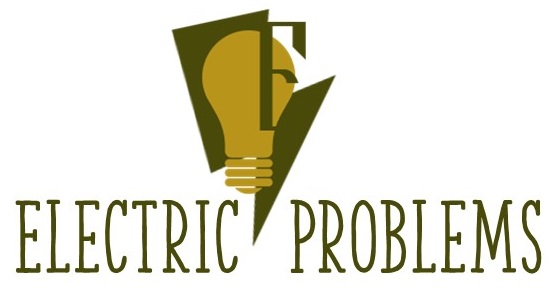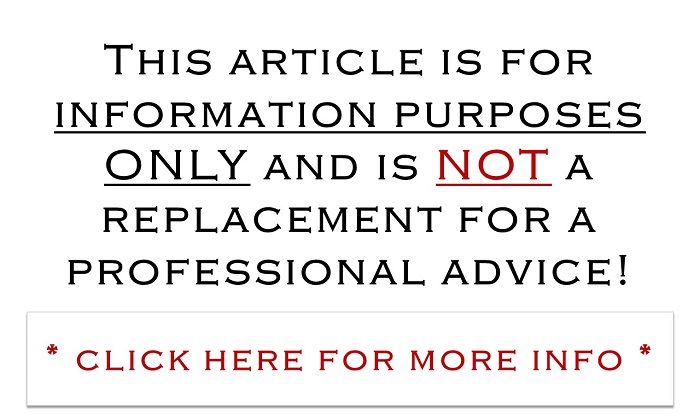![]()
Rotary Phase Converter Troubleshooting
DISCLAIMER: AS AN AMAZON ASSOCIATE I EARN FROM QUALIFYING PURCHASES. THIS POST CONTAINS AFFILIATE LINKS THAT WILL REWARD ME MONETARILY OR OTHERWISE WHEN YOU USE THEM TO MAKE QUALIFYING PURCHASES. FOR MORE INFORMATION, PLEASE READ MY EARNINGS DISCLAIMER.
|
If you just connected your brand-new phase converter and it’s not working, first of all, check the manufacturer’s manual for troubleshooting instructions. If you think you have done something wrong with the wiring, you may want to call them as well, in order to clarify their installation instructions.
Having said that, let’s first make sure the following is taken care of:
- Your motor is within your converter’s horsepower range.
- Your motor’s voltage requirement matches your converters.
- You have enough power coming through to support your Rotary Phase Converter and your machine.
If your Rotary Phase Converter does start, but your engine is not feeding on it, then the problem is either in the wiring between your machine and converter or the machine itself.
We are going to troubleshoot the following problems:
- If the Rotary Phase Converter is malfunctioning.
- If the motor itself is not starting or working.
** Very important! Before starting to troubleshoot your Rotary Phase Converter, make sure you followed ALL factory installation instructions and read the user’s manual.
Rotary Phase Converter problems & solutions
Following are the problems that could happen with a phase converter and possible solutions to them:
1. Phase converter does not start
The phase converter motor is turning very slow or is making a growling/grinding sound. Possible problems:
- Toggle switch. Your toggles switch must be “ON” in order for the converter to start.
- Open circuit. Check all fuses and breakers.
- Bad connections. Inspect your phase converter for bad connections and loose wires. Make sure everything is nice and tight.
- Incorrect wiring. Check your owner’s manual and your wiring. If needed, contact the company.
- Internal damages. Inspect your phase converter for damages to the internal components.
2. Phase converter vibrates excessively
It is normal to have Rotary Phase Convert vibrating, especially during a startup or shutdown. If it gets out of hand, here are possible problems:
- Mounting problem. Check your owner’s manual for mounting tips. Very often it is suggested to mount Rotary Phase converters with mounting rails on the bottom, or a motor placed on the rubber pad. Some units need to be in the upright position parallel to the floor, but your manufacturer knows best how to mount their converter.
- Isolation problem. Converters need to be isolated from dirt, sawdust, oil, metal swarf, or anything that could clog it unless the manufacturer specifies that your unit is resistant to all of that.
- Overloading problem. Your unit could be overloaded. Check your Rotary Phase Converter specifications and make sure it is compatible with your machine. If you require more power, you will need a bigger unit.
3. Phase converter does not perform under load
If the converter is working well but starts malfunctioning under load, these could be your problems:
- Incorrect wiring. Check if your system is wired correctly. Re-read the installation instructions and call your manufacturer’s customer support for further assistance.
- Overloading problem. If the converter was not sized correctly in the first place, it will stop working under load. Check your machine specifications carefully.
4. A phase converter is not producing enough current
If the phase converter is not giving you the power you need to run your equipment, here is what could be wrong:
- Bad connections. Check your phase converter for loose connections and fix them as needed.
- Incorrect wiring. Your system may not be wired correctly. Check the owner’s manual for wiring instructions and look carefully through your setup. If this does not help, contact the manufacturers’ tech support line.
Troubleshooting the motor of RPC
Below are some problems that people experience and possible solutions to them:
1. My motor does not start
Your motor is trying to start but is lacking power or is making a growling/grinding sound. Possible problems:
- Open circuit. You may have an open circuit, check all fuses, breakers, starters, and switches.
- Incorrect wiring. Refer to your owner’s manual for wiring instructions and check your wires carefully. If you need more assistance, your manufacturer’s customer support should be happy to help you out.
- Excessive load. Check again if your phase converter is appropriately sized for your load. A nameplate with a horsepower rating on your motor should give you information.
2. My motor slows down
Your motor started but never got to full RPM. Possible problems:
- Excessive load. Your trouble could be excessive load because of improper sizing. The only solution here is to upgrade your converter.
3. My motor is running backward
If your motor is running backward, your problem could be:
- The wrong line leads hook up. Reverse any two lines at the motor only.
4. My motor is getting hot
If your motor’s thermal overloads are NOT tripping, then it is working within accepted NEMA specifications. If they ARE tripping, then:
- Bad connections. Check all your connections and make sure they are tight.
- Wrong wire size. If you used insufficient wire size during installation, this could be a cause of your problem. Check manufacturer’s specifications for required size wire.
- Motor ventilation. If you have insufficient motor ventilation, it could overheat. Provide good ventilation.
- Dirty motor. Your motor could be dirty, and you should clean it.
- Bad motor. Your motor could be in a bad shape. Good time to get it checked and repaired by professional (if necessary).
5. My multiple-speed motor is not starting at all speeds
If your motor is only using one speed and does not start at any other, then, this could be your problem:
- Wrong converter size. The motor speeds are NOT within the horsepower range of your converter. You need to size your Rotary Phase Converter to the highest speed horsepower requirement.
6. My fuses and circuits are blowing
If your fuses are blowing instantly after replacing or circuit breakers keep on tripping and not letting you reset, this is probably your problem:
- Short circuit. Check your circuit for loose wires and your motor for short. Check for any broken connections. If that does not help, ask for professional assistance.
If your fuses are blowing from time to time, or circuit breakers keep on tripping, but NOT immediately, check for the following:
- Wrong wire size. Check your user’s manual to make sure you used the correct size wire. If not, change it.
- Wrong fuse or breaker size. Refer to your manufacturer’s manual for the sizing of breakers and fuses.
** Very important! These are general Rotary Phase Converter troubleshooting instructions that I found to be useful, but you should refer to your owner’s manual for more accurate information on your specific converter model.
** Warning! If you had your converter installed by a specialist, let them troubleshoot it, and do not touch anything yourself.
Hope this helps some of you.

Click on the white button above to find your electrician!



